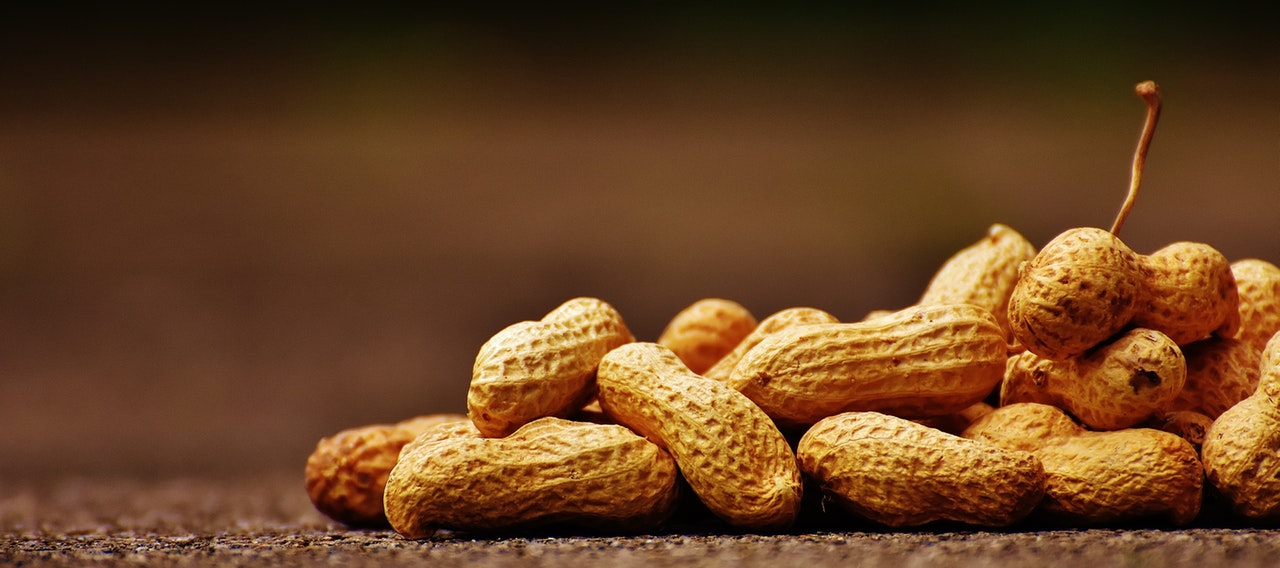Reducing Aflatoxins In Groundnuts Could Lead To Higher Profits

Preliminary results of a new study from the US Agency for International Development (USAID) Peanut and Mycotoxin Innovation Lab reveals that better drying and hermetic storage can reduce aflatoxin growth on groundnuts, making the legume safer for human consumption.
The study was led by William Appaw, a master’s student in Food Science and Technology at Kwame Nkrumah University of Science and Technology (KNUST) in Ghana. It is part of a collaboration between the USAID, universities such as the University of Georgia and North Carolina State University in the US and the Kwame Nkrumah University of Science and Technology (KNUST) in Ghana, and the Ghana Peanut Value Chain Intervention.
According to the study, groundnuts dried on a tarp did far better than those dried on the ground, with 85 percent less aflatoxin. But it was hermetic bags that significantly reduced the growth of aflatoxins showing a 95 percent decrease. Appaw released the preliminary finding in January. (Credits to William Appaw and the University of Georgia).
“This could mean more profit for those nuts that are stored or, eventually, an opportunity to feed the local industry and also export because they have had consistently low aflatoxin readings,” Appaw said.
Learn more about GrainPro's Ultra Hermetic technology and how it can help reduce the growth of aflatoxin in your produce here.
Topics: Quality Food Loss Hermetic Technology Molds
